FUNDING CUTS IMPACT CT HUMANITIES: Help CT Humanities navigate recent funding cuts and continue our vital work across Connecticut. All donations made to CTH will be matched dollar-for-dollar up to $50,000. Donate today!
Now Viewing:
Science

A Total Eclipse of the Sun – Today in History: January 24
On January 24, 1925, Connecticut residents witnessed a full solar eclipse.
Read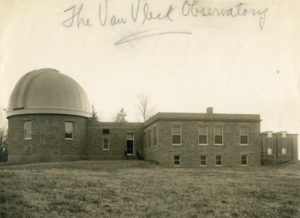
The Van Vleck Observatory: A Reflection of Environmental Conditions
Designers of the Van Vleck Observatory overcame numerous environmental and geographical challenges to help Wesleyan University make an impact on the world’s understanding of the universe.
Read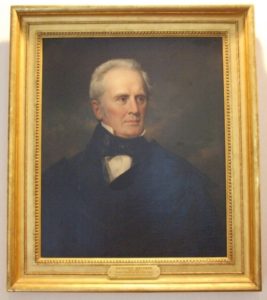
Benjamin Silliman and the Collection That Inspired the Yale Peabody Museum
Benjamin Silliman published the first American study of a meteor—having acquired access to one that fell near the town of Weston.
Read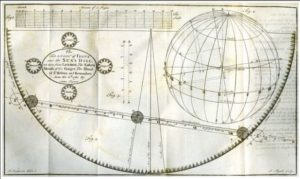
Transit of Venus: German Scientists Visit Hartford
In the 18th and 19th centuries, the transit was an important opportunity for scientists to calculate the distance between the earth and the sun—the basis for the astronomical unit.
Read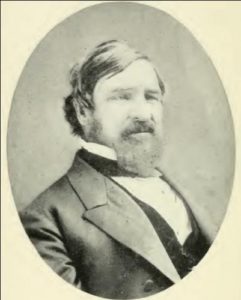
Nathaniel Palmer discovers Antarctica – Today in History: November 18
On November 18, 1820, Nathaniel Brown Palmer of Stonington, Connecticut, discovered the mainland of Antarctica, one of the seven continents.
Read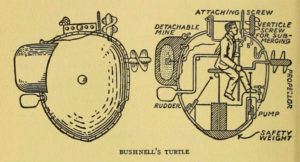
David Bushnell and his Revolutionary Submarine
How a farmer’s son became the Father of Submarine Warfare during the American Revolution.
Read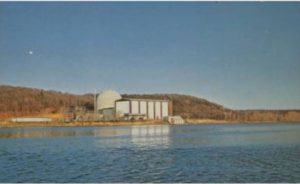
Connecticut Yankee Brings Power to the People
For nearly 30 years the Connecticut Yankee Atomic Power Company operated a nuclear power plant in Haddam Neck, Connecticut.
Read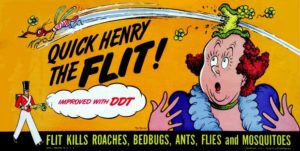
Morton Biskind Warned the World About DDT
A Westport physician named Morton Biskind became one of the first to warn the world about the dangers of DDT. His work ultimately helped inspire the writings of Rachel Carson.
Read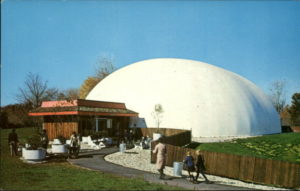
Discovered Dinosaur Tracks Re-Route Highway and Lead to State Park
Some 200 million years ago, carnivorous dinosaurs roamed Rocky Hill leaving the three-toed tracks that would become our state fossil.
Read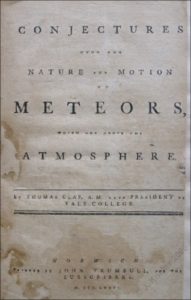
America’s First Planetarium – Who knew?
In 1744 Thomas Clap, Rector and Yale College president for 26 years (1740-1766), constructed the first orrery, or planetarium, in the American colonies.
Read
Edwin Land Inventor of the Polaroid Born – Today in History: May 7
On May 7, 1909, Edwin Herbert Land, founder of the Polaroid Corporation, was born in Bridgeport, Connecticut.
Read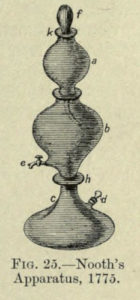
Benjamin Silliman and Soda Water – Who Knew?
Yale’s first professor of chemistry, Benjamin Silliman, was also the first American to produce soda water in bulk.
Read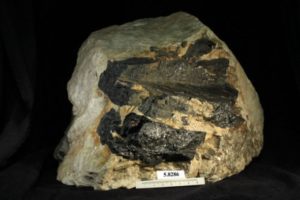
The Industrial Might of Connecticut Pegmatite
Connecticut has a complex and compelling geologic legacy with substantial mineral riches, including pegmatite that has historically been a boon to industry.
Read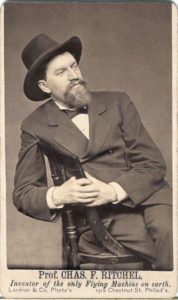
Charles Ritchel and the Dirigible
An entrepreneur’s design for a lighter-than-air vehicle takes flight in the late 1800s and inspires a new state industry.
Read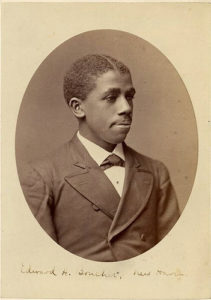
Edward Alexander Bouchet: The First African American to Earn a PhD from an American University
Edward Alexander Bouchet was a physicist who was among Yale’s first African American students, and reportedly became the first African American in the United States to earn a PhD.
Read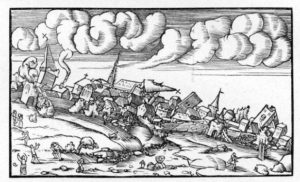
The Surprising Prevalence of Earthquake Activity in Connecticut
Connecticut has experienced thousands of earthquakes since European settled the area, the most active site being the village of Moodus in East Haddam.
Read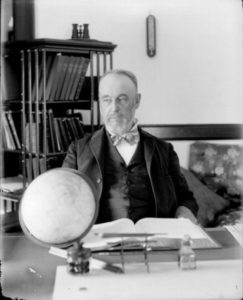
Goshen’s Asaph Hall Becomes an Astronomical Success
Credited with discovering the moons orbiting the planet Mars, Asaph Hall became an international science celebrity in the 19th century.
Read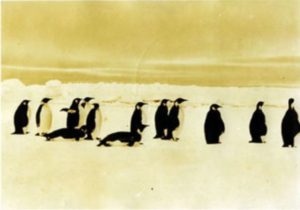
Sixty Degrees Below Zero: Connecticut Man Explores Antarctica
John Henry Von der Wall, a life-long resident of Bolton, took part in Rear Admiral Richard E. Byrd’s famed expeditions to the South Polar regions.
Read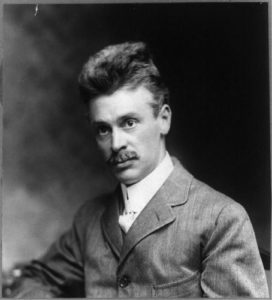
A Diversified Mind: Hiram Percy Maxim
No matter his field of endeavor—from automotive design to wireless radio—this multitalented creator had a hand in key developments of the early 1900s.
Read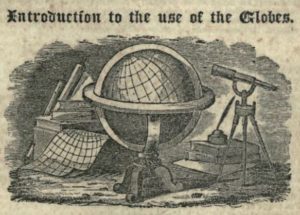
Connecticut Revolutionized Geography – Who Knew?
In 1828, Jesse Olney published A Practical System of Modern Geography, which revolutionized the way the subject was taught in schools during the 19th century.
Read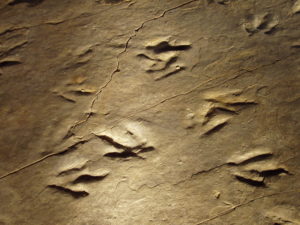
Dinosaur Tracks Found – Today in History: August 23
On August 23, 1966, hundreds of dinosaur tracks were uncovered in Rocky Hill by a bulldozer operator.
Read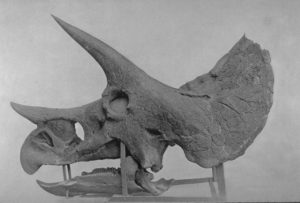
Paleontologist Othniel Marsh dies – Today in History: March 18
On March 18, 1899, America’s first professor of paleontology, Othniel Charles Marsh, died at his home in New Haven.
Read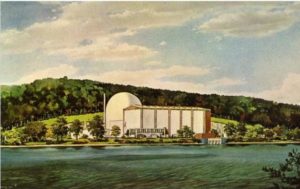
Connecticut Yankee and Millstone: 48 Years of Nuclear Power
In 1968 the prospect of nuclear power energized those hoping to find an alternative to coal, oil, and other fossil fuels.
Read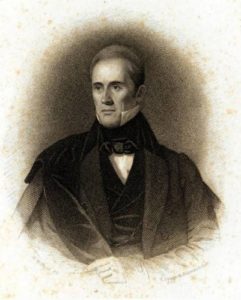
First Recorded Fall of Meteorites in the United States – Today in History: December 14
On December 14, 1807, a meteoroid exploded over Fairfield County and a 30-pound specimen was put on exhibit at a Weston town meeting.
Read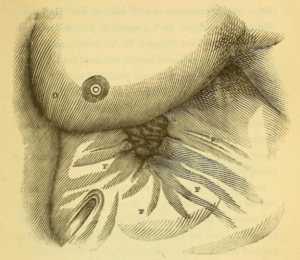
The Father of Gastric Physiology Born – Today in History: November 21
On November 21, 1785, physician and physiologist William Beaumont was born in Lebanon.
Read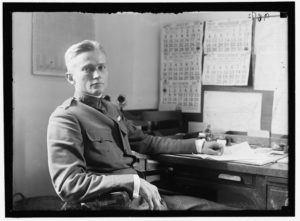
Hiram Bingham III: Machu Picchu Explorer and Politician
Hiram Bingham III was a distinguished scholar and public servant attached to a line of the Bingham family that has lived in Salem, Connecticut, for generations.
Read
Seth Pease Surveys New Lands
This Suffield native’s work in “New Connecticut” and other Western territories reveals how the new nation took stock of its expanding borders.
Read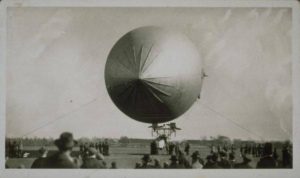
Airborne Pioneers: Connecticut Takes Flight
Daring flights and first-of-a-kind inventions mark the state’s 200-plus-year history of taking to the skies.
Read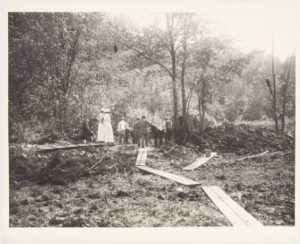
Mastodon Bones Unearthed – Today in History: August 13
On August 13, 1913, workmen unearthed the skeleton of a mastodon, in Farmington, while digging a trench on Alfred A. Pope’s farm and country estate, Hill-Stead.
Read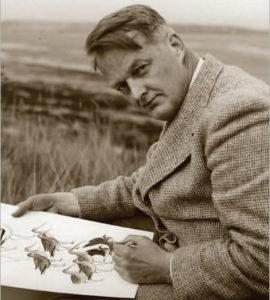
Roger Tory Peterson Dies – Today in History: July 28
On July 28, 1996, ornithologist and artist Roger Tory Peterson died in Old Lyme.
Read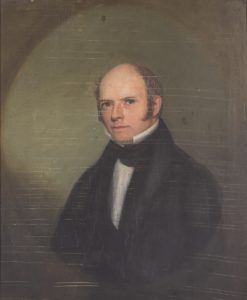
An Eccentric Middletown Polymath and Fossil Collector: Dr. Joseph Barratt
Despite his struggles with mental illness, Joseph Barratt was a significant contributor to the study of natural history in the Connecticut Valley.
Read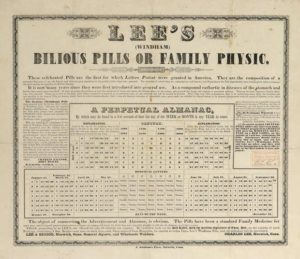
First American Medicine Patent – Today in History: April 30
On April 30, 1796, Samuel Lee Jr. of Windham, Connecticut, received a Letters Patent for his composition of bilious pills.
Read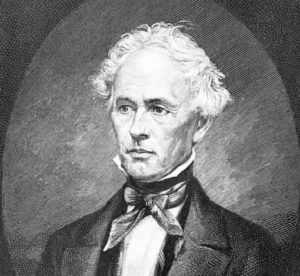
William Redfield Born – Today in History: March 26
On March 26, 1789, William C. Redfield, the noted American meteorologist, was born in Middletown.
Read
A Civil War Soldier Engineers an Iconic Career
Horatio Wright commanded troops in Civil War battles fought all over the country, from Virginia to Florida, and out West as far as Ohio.
Read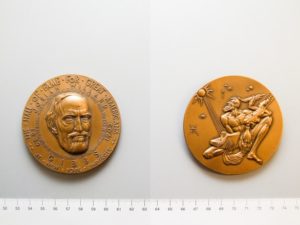
Josiah Willard Gibbs’s Impact on Modern Science
New Haven’s Josiah Willard Gibbs laid the groundwork for the development of physical chemistry as a science.
Read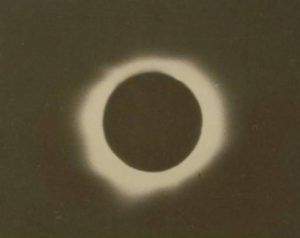
The Astronomical Event of the Century
Church bells chimed and factory whistles blew and automobiles, trains, and trolleys throughout the state came to a standstill.
Read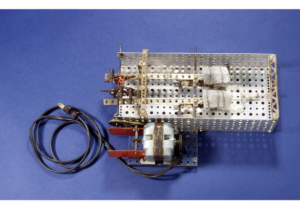
Heart Pump out of an Erector Set – Who Knew?
Yale medical student William Sewell Jr. built the first artificial heart (partly out of Erector Set pieces), and conducted successful bypass experiments in 1949.
Read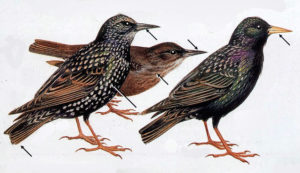
Artist Roger Tory Peterson, a Champion for the Natural World
Artist, author, and influential conservationist Roger Tory Peterson pioneered the modern age of bird watching with his 1934 book, A Field Guide to the Birds.
ReadMore Articles




